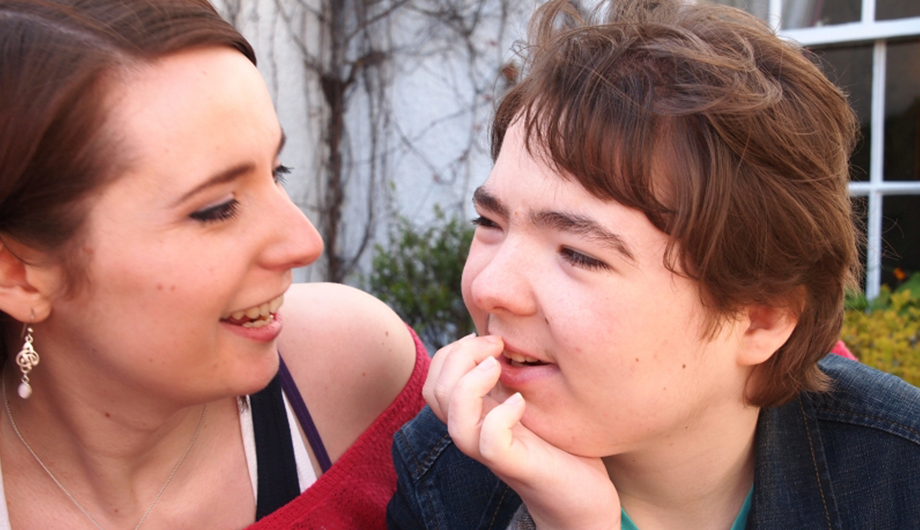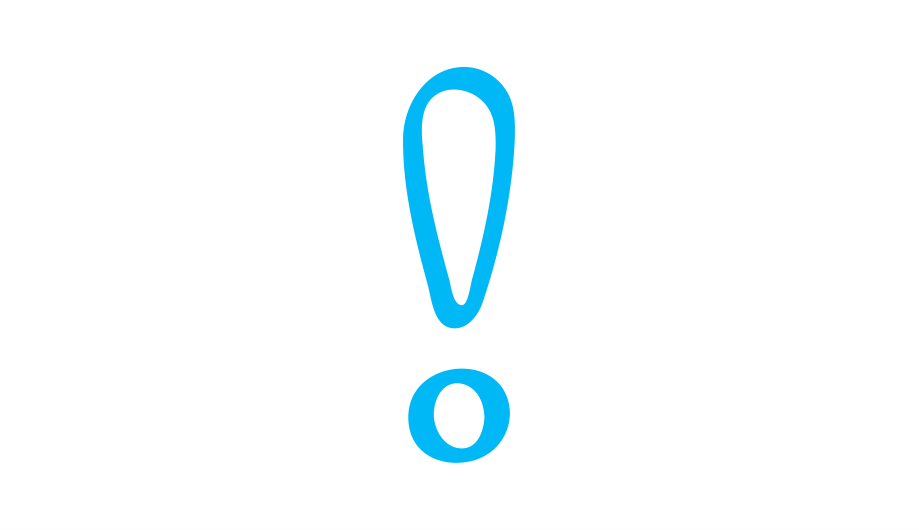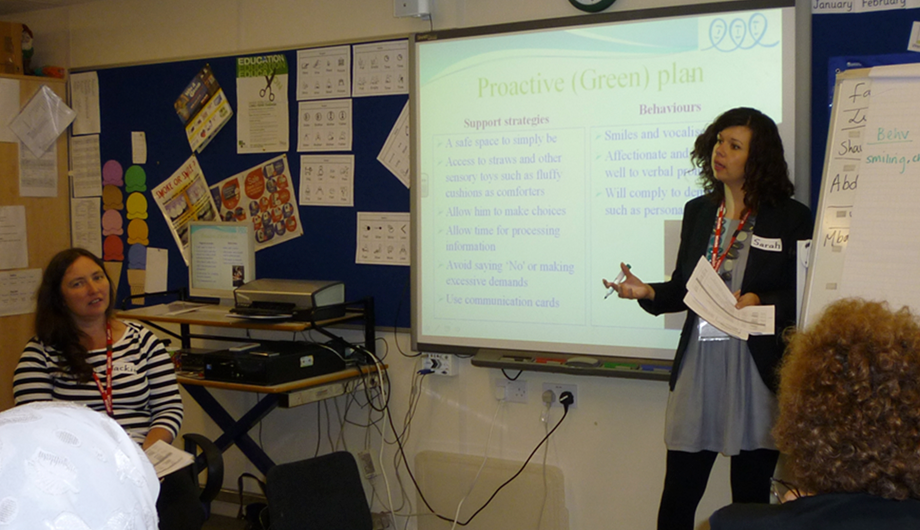
PICA: Kate and Laura’s story
Laura has a severe learning disability. She has a great happy life but her mother's greatest concern for Laura is her Pica behaviour.

Pica refers to eating objects which are not suitable to be eaten, and Polydipsia involves the constant desire to drink any type of liquid. This page provides a quick read guide to Pica and Polydipsia with a complete information sheet available to download.
Download: Information sheet on Pica and Polydipsia
Pica refers to eating objects which are not suitable to be eaten, such as stones, faeces and clothing. Polydipsia involves the constant desire to drink any type of liquid (for example, bleach or toiletries) even if the individual is not thirsty. Depending on the objects or liquid taken, pica and polydipsia can be very dangerous. If you are worried about a person who has eaten or drunk something that could be harmful, seek medical advice from a GP or hospital.
The exact causes of these conditions are unknown. Pica can be linked to mineral deficiencies but both conditions are often due to learned behaviours. These include:
A functional assessment can help identify why an adult or child is eating inedible objects or drinking excessively.
Once the cause(s) has been identified, these types of strategies can be tried:
Ignore the behaviour (when safe) or prevent the adult or child from eating/drinking the object/liquid with the least possible attention. It is vital to provide lots of positive attention when the person is not eating/drinking inedible objects. In the longer term, teach a safe way of asking for attention (e.g., sign for help).
Ensure the adult or child can access their favourite activity/object without eating/drinking a harmful item. In the longer term, teach a safe way of asking for it (e.g., sign for biscuit).
Look for behaviours that tend to occur before the adult or child eats/drinks something inedible. These can tell you that the person wants to end an activity or escape. Think about whether the activity is too long, difficult, or something the person doesn’t like.
Provide the adult or child with items that safely offer the same experience. For example, if a person eats cigarette ends due to the strong taste, offer them strong tasting foods (e.g., marmite).
For more information see the full version information sheet Pica and Polydipsia:
Download: Information sheet on Pica and Polydipsia
The CBF has a Pica Awareness workshop specifically designed for professionals, support staff and family carers who are supporting children, young people or adults who have severe learning disabilities and display Pica behaviour (eating inedible objects) and/or polydipsia (drinking fluids). The workshop will ensure that you have a good, practical, introduction and understanding of Pica behaviour and how to support people to keep them safe.

Laura has a severe learning disability. She has a great happy life but her mother's greatest concern for Laura is her Pica behaviour.

The Family Support Service can provide information and support about the needs of your family member with a severe learning disability. Our support is confidential, and we won’t judge you or tell you what to do.

The CBF gives workshops in: ‘Understanding Challenging Behaviour’, ‘Supporting Behaviour Change’, ‘Positive Behaviour Support Awareness’, ‘Pica Awareness’ and ‘Communication and Challenging Behaviour’.